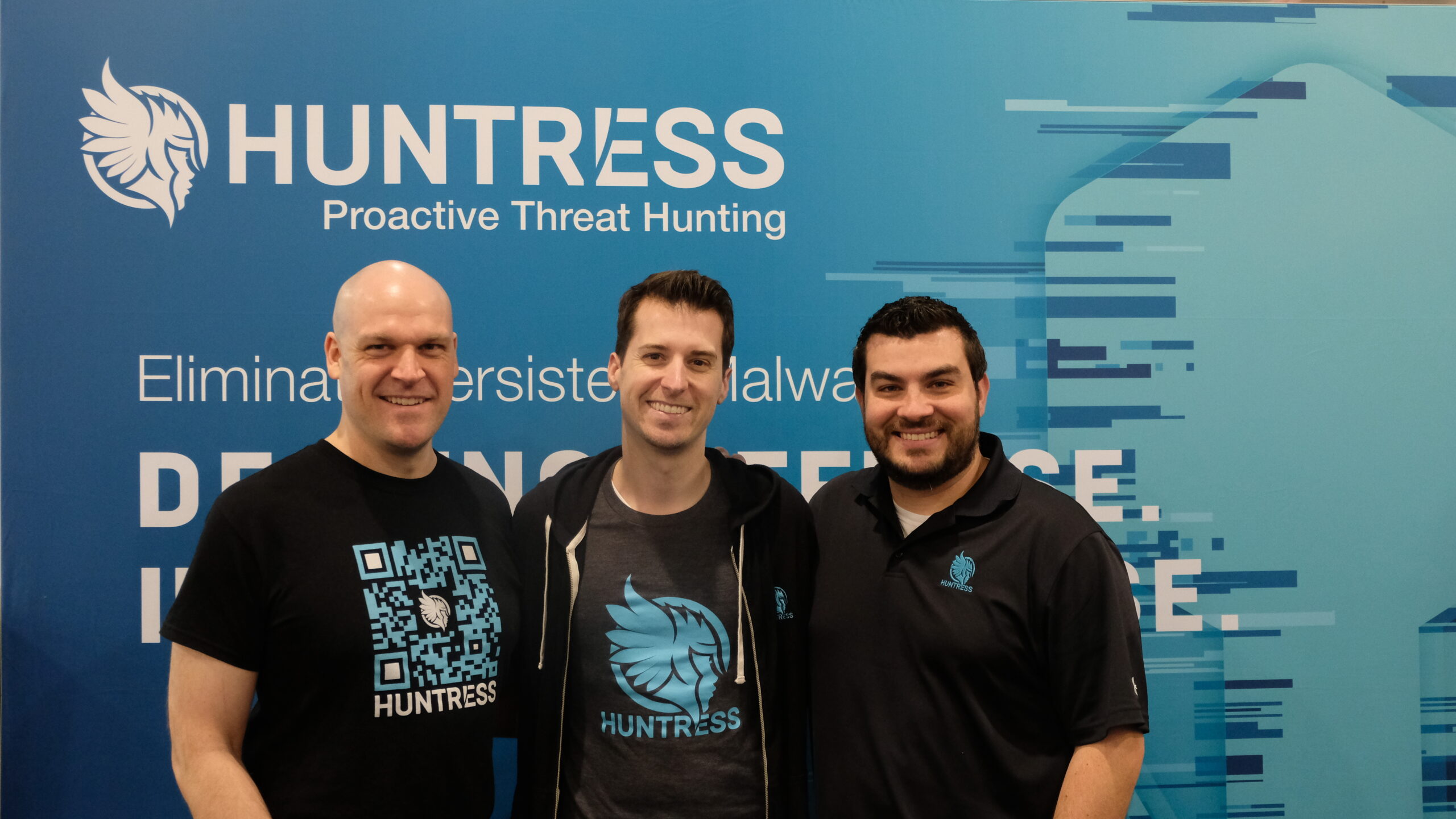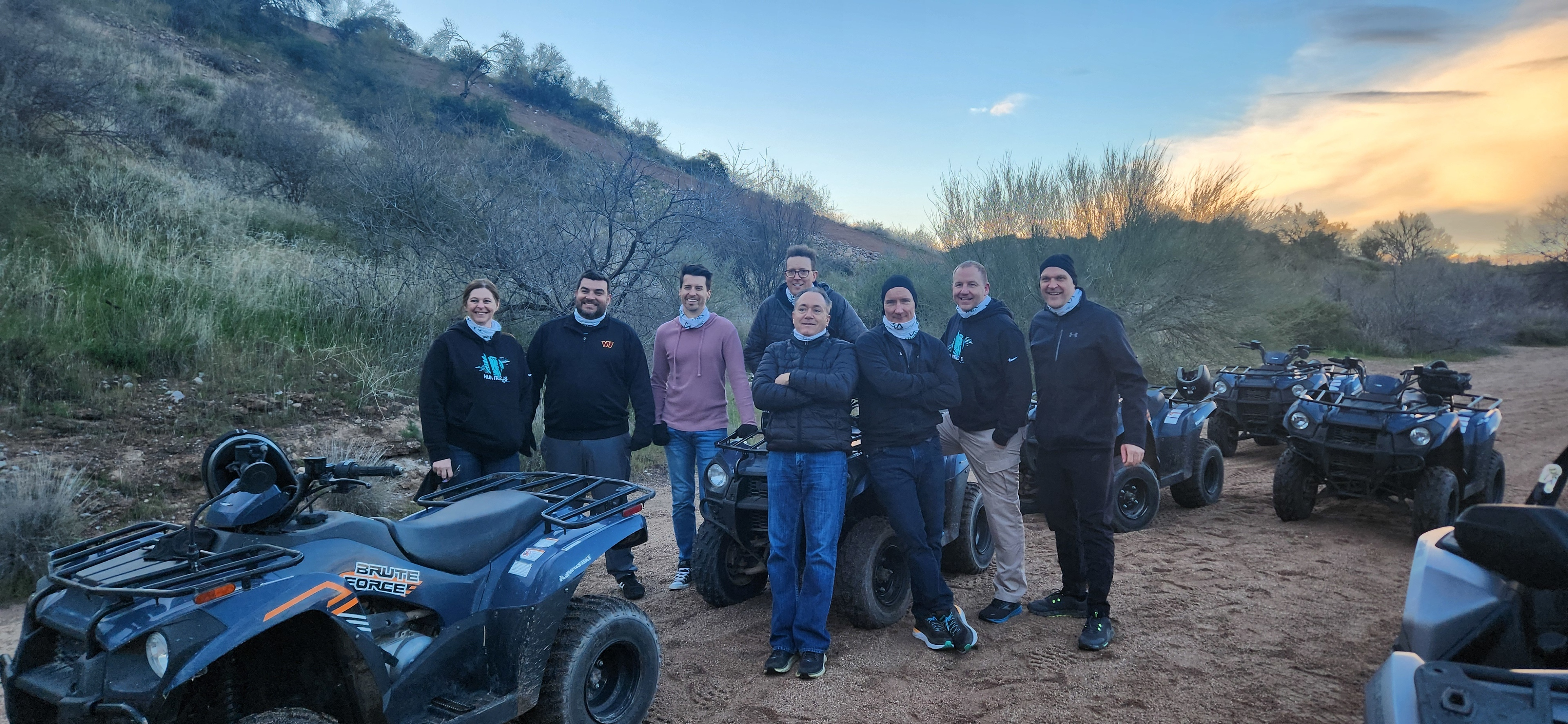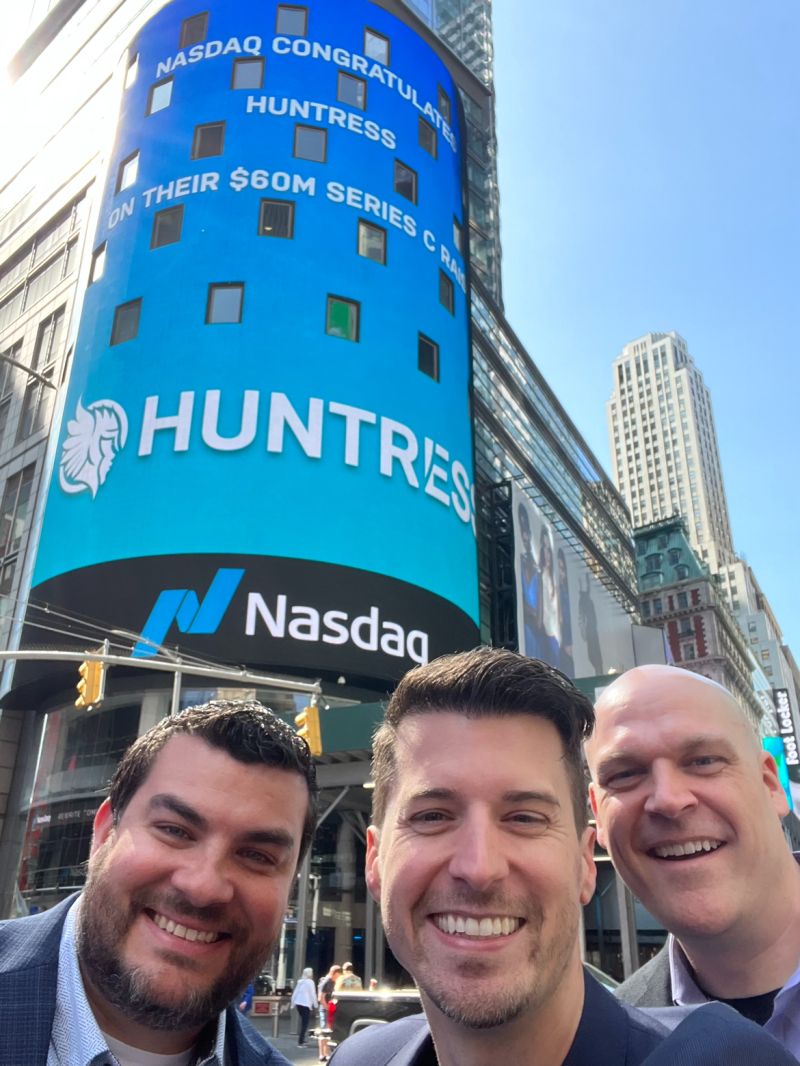By 2013, Hanslovan was feeling the limitations of his role at ManTech. He wanted more flexibility to pursue cybersecurity contracts that interested him, not just those he was assigned. Struck by an entrepreneurial urge, alongside his ManTech colleague John Ferrell he made the leap to co-found Strategic.io, a cybersecurity contracting firm. Hanslovan and Ferrell honed the company’s focus on a specialized area: offensive cybersecurity contracts. The strategy paid off and the company had little trouble finding work through government subcontracts.
The two quickly faced a new set of hurdles. To become an approved government vendor with appropriate levels of clearance, Strategic.io would need a litany of licenses and clearances. Undeterred, over the next year and a half Hanslovan and Ferrell worked through mountains of paperwork while continuing to negotiate and land subcontracts.
In 2015, the pieces finally fell into place. Strategic.io was off to the races, soon generating seven figures of revenue working with government agencies on national security projects. For Hanslovan and Ferrell, though, the company’s service-based defense contracting model had lost its appeal. While the subcontracts they took on involved important work, they were limited in scope. “Scaling was my number one goal,” Hanslovan says. “I wanted to make global change.”
Scale would mean a huge customer base. Hanslovan quickly identified SMBs (small and midsized businesses) as a prime market: there are over 30 million SMBs in the U.S. alone, comprising over 99% of all companies. Hanslovan saw opportunity where others didn’t. “Walmart doesn’t serve the biggest companies in the world but they’re the biggest company in the Fortune 500,” he points out. “They understand that by serving small businesses, there’s an opportunity to build a company of consequence.”
Hanslovan and Ferrell brought Chris Bisnett, a U.S. Navy veteran with exploit development and cloud architecture experience with whom they had worked alongside at ManTech, on board to help build out their ideas. Hanslovan and Bisnett’s background in national security work pushed an important cybersecurity concept to the forefront: persistence. As former red team hackers themselves, they understood firsthand how attackers could slip past preventative defenses to deploy footholds and maintain persistent access in systems. These footholds often went undetected by firewalls and endpoint detection and response (EDR) tools. SMBs were particularly at risk given the lack of security capabilities they could access, as most cybersecurity solutions were designed for enterprise customers. Hanslovan, Ferrell, and Bisnett had identified a niche with a need. Now they had to create a scalable solution.
It was a completely different approach than defense contracting. “To reach that many businesses, we were going to have to build software based on our expertise and implement a SaaS (software as a service) model,” Hanslovan says. Drawing from his time working in SCIFs, he devised a strategy: they would use small, compartmentalized teams of experts to leverage automation and deliver valuable outcomes, rooting out persistent footholds. In addition, their company would leverage channel partnerships to grow their customer base and reach as many SMBs as possible. Business plan in hand, they were ready to launch.


 Kyle Hansolvan CEO, Huntress
Kyle Hansolvan CEO, Huntress Kyle Hanslovan CEO and Co-Founder, Huntress
Kyle Hanslovan CEO and Co-Founder, Huntress


